The Alchemy of
Air
Credit for this animation goes to Matthias Müller
England 1898
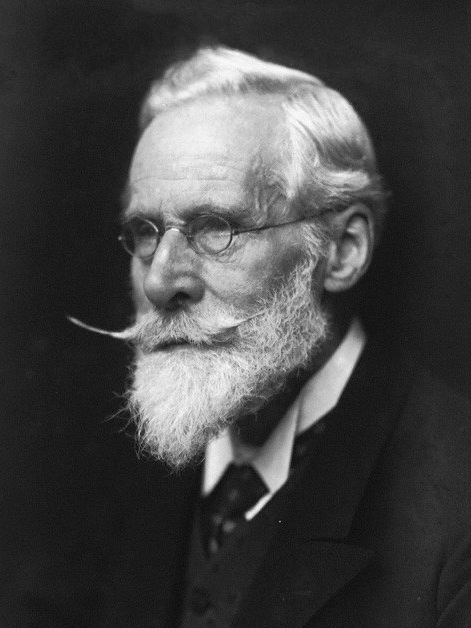
"England and all civilized nations stand in deadly peril of not having enough to eat."
All 1000 people in the auditorium muted to hear the 66-year-old Crookes commence his inauguration speech.
"As mouths multiply, food sources dwindle"
Even if we:
cultivate all arable land
and optimally rotate crops
"Our wheat-producing soil is totally unequal to the strain put upon it."
To meet this deficit, England will have to import grain from abroad
However...
Austro-Hungary's population will also increase
Canada as well
Russia as well
America as well
Wheat will be a global covet
England will starve in 33 years.
Tense silence suffocates the room
"Wheat preeminently demands nitrogen, fixed in the form of ammonia"
"We must then rely on nitrogenous manures to increase the fertility of land under wheat"
Yet "for years we have been expending fixed nitrogen at a culpably extravagant rate".
At present, England's fertilizer is imported from the Chilean desert.
But it will soon empty.
Fortunately, "nitrogen is one of the most abundant and pervading bodies on the face of the earth."
Here's the catch: To turn N₂ into fertilizer, you must break nature's strongest molecular bond.
But this has never been done.
"There is a gleam of light out of this darkness of despondency. [...] Before we are in the grip of actual dearth, the chemist will step in and postpone the day of famine".
This was Brook's challenge:
Convert N2 → NH3
And save the world
Newspapers printed his address around the globe.
The race was on.
Years until famine
1903 Norway
Birkeland and Eyde create artificial lightning, splitting N₂ for the first time.
But the process is:
Prohibitively expensive
Corrosive
And so hot it fries the machine
Years until famine
1905 Germany
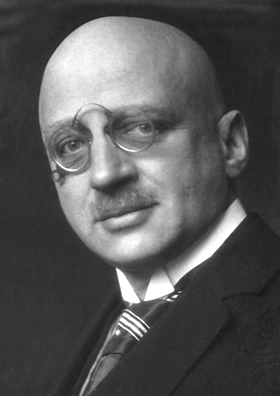
Enter Fritz Haber. A chemist still vying for his Nobel prize.
Unlike Birkeland and Eyde's approach, he squeezes his nitrogen with enough heat and pressure to force nitrogen to give up its triple molecular bond.
N2 + 3H2 → 2NH3
He fails.
But he publishes his data anyway.
Years until famine
1907 Germany
"I would like to suggest that Professor Haber now employ a method that is certain to produce truly precise values."
Your numbers are "highly erroneous"
Haber would not let Nernst, a soon-to-be Nobel laureate corrode his reputation as a precise experimentalist.
So he turns up the heat.
Crams nitrogen into a volume denser than a Neutron star
And tries hundreds of catalysts
Until finally, in 1909:
Outpours one cubic centimeter of ammonia.
Once scaled, his process would feed the world.
The problem? Scale requires...
Immense amounts of Osmium, priced at a king's ransom.
Vessels to withstand one hundred atmospheres of pressure.
Vessels regularly exploded at 7 atmospheres*
And the political will to sink colossal sums of capital.
The German Dye company BASF:
- Gave Haber a royalty
- Gave Haber an enormous salary
- And began hoarding the world's Osmium.
They sent Carl Bosch to figure out the rest.
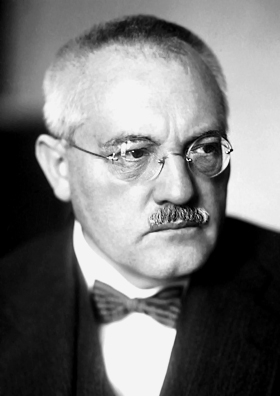
Years until famine
Hundreds of researchers endeavour at Bosch's lab. It harboured the most modern and sophisticated materials testing equipment
And
The cradle of smarts.
Alwin Mittasch
- Replaced the Osmium catalyst with Iron (II) Oxide.
- Ran 20,000 experiments over 11 years to find a better catalyst.
There was no better one.
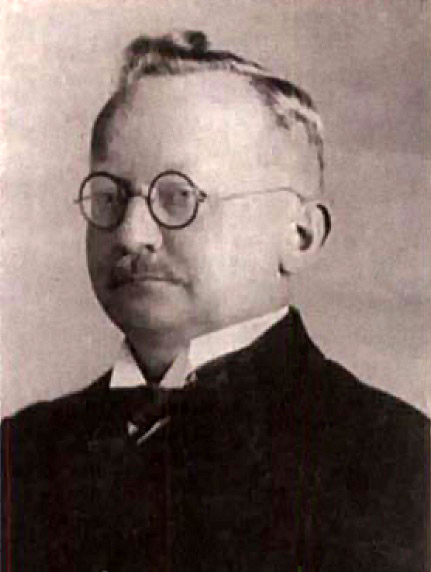
Carl Krauch
- Detoxed the CO byproduct by cleaning exhaust gases with ammonia and copper.
Sidenote: Hitler loved toxic gas experts.
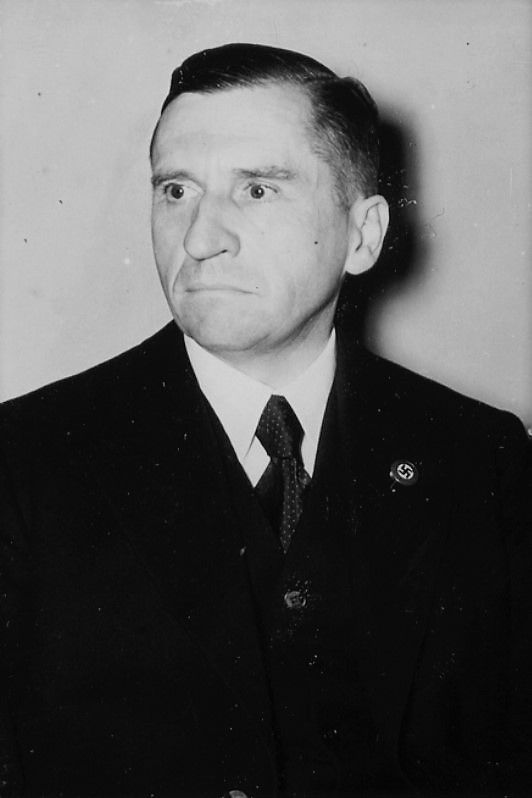
With these problems solved, Bosch focused on the machinery to handle the enormous pressures involved.
To manufacture ammonia, Bosch precisely controls the concentration of reagents in environments 20 times hotter than steam locomotive boilers.
And to prevent hydrogen from leaking and Hindenburging his lab...
Bosch reinvents

At the heart of it all were the world's largest ovens.
But they kept exploding
He sent dozens of metallurgists to analyze debris from every failure.
And every analysis revealed hydrogen mixed in with the steel.
Why? Because the high pressure caused the walls of his furnace to absorb hydrogen, making them brittle.
He's defeated. So he spends his only night off bowling with his team.
Eureka
The following day, Bosch drills holes into the walls of his furnace. Small enough to keep the pressure but large enough for hydrogen to leak out.
It works.
They did it with 20 years to spare.
With 1911 technology
Years until famine
Hauntingly punctual for...
World War 1
Because nitrogen has the very special property of propelling projectiles.
And it extended Germany's war by two years.
This epochal moment is one of my favourites because I learned:
- Of "the biggest scientific effort in history, comparable to the Manhattan Project in World War II". And the world forgot it!
- How humanity surmounted a calamity-scale problem, waning my climate anxiety.
- And that the best solutions may not mimic nature.
Of course, these scientists weren't perfect. They killed many people, Haber especially.
And Bosch didn't know it at the time, but his years of work pioneered an entire new field:
High-pressure chemistry.
So what's next for Haber and Bosch? Do they inherit a million of Nobel's fortune? Establish their own wealth? Pledge to The Reich?
You'll have to read the book.
But they did more alchemy of course.
You can feel it in the air.
Sources
The Alchemy of Air: A Jewish Genius, a Doomed Tycoon, and the Scientific Discovery That Fed the World but Fueled the Rise of Hitler www.goodreads.com/en/book/show/3269091
Address of the President Before the British Association for the Advancement of Science, Bristol, 1898 www.jstor.org/stable/1627238?seq=2
Birkeland–Eyde process en.wikipedia.org/wiki/Birkeland%E2%80%93Eyde_process
Images from Wikipedia
P.S. Bosch didn't come up with his idea during bowling, but the morning after.